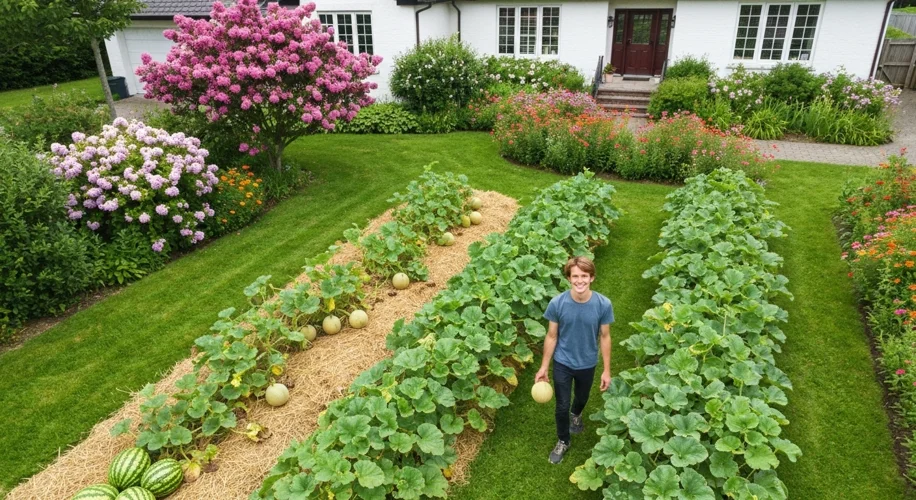August is here, and as the summer winds down, I’m always excited to see how my melon patch has fared. This year, it’s been a real success story, and I wanted to share some of what I’ve learned about growing these sweet, juicy fruits.
It all starts with the seed. Melons, like cantaloupe and watermelon, are warm-season crops. That means they need heat to thrive, and here in the Midwest, that usually means starting seeds indoors about 3-4 weeks before the last expected frost. I use peat pots for this, which makes transplanting easier and reduces root disturbance – something melons really don’t appreciate.
When it’s time to move them outside, usually after all danger of frost has passed and the soil has warmed up, I pick a spot that gets at least 6-8 hours of direct sunlight a day. Good soil is key. I amend my garden beds with plenty of compost. Melons are hungry plants! I also like to add a balanced organic fertilizer at planting time.
Spacing is important too. Whether you’re growing vining varieties or bush types, give them room to spread. Vining melons can take up a lot of space, so consider trellising them if you’re short on ground room. This also helps with air circulation and keeps the fruit off the damp soil, which can prevent rot and disease.
Watering is a balancing act. Melons need consistent moisture, especially when they’re flowering and setting fruit. However, they don’t like ‘wet feet.’ I aim for deep watering at the base of the plant, rather than shallow, frequent watering. Mulching with straw or compost helps retain soil moisture and keeps weeds down.
Now, about pests. Squash bugs and vine borers can be a real nuisance. I often cover my young plants with row covers until they start to flower, removing them during the day for pollination. For any bugs I do find, I often handpick them off or use a gentle insecticidal soap if the infestation is severe. My rule of thumb is to always start with the least invasive methods.
As the melons start to ripen, you’ll notice a few signs. For cantaloupes and similar types, the tendril closest to the fruit stem will often dry out and turn brown. They also tend to slip easily off the vine when they’re ready. Watermelons are a bit trickier; look for a creamy yellow patch on the underside where it rests on the ground, and give it a tap – it should sound hollow.
Harvesting them at the right time is so satisfying. There’s nothing quite like cutting into a perfectly ripe melon grown in your own backyard. The sweetness and flavor are just unbeatable. It’s a reminder of why we put in the work, and it’s always a joy to share the bounty. Give it a try next year; you might be surprised at how rewarding it is!

